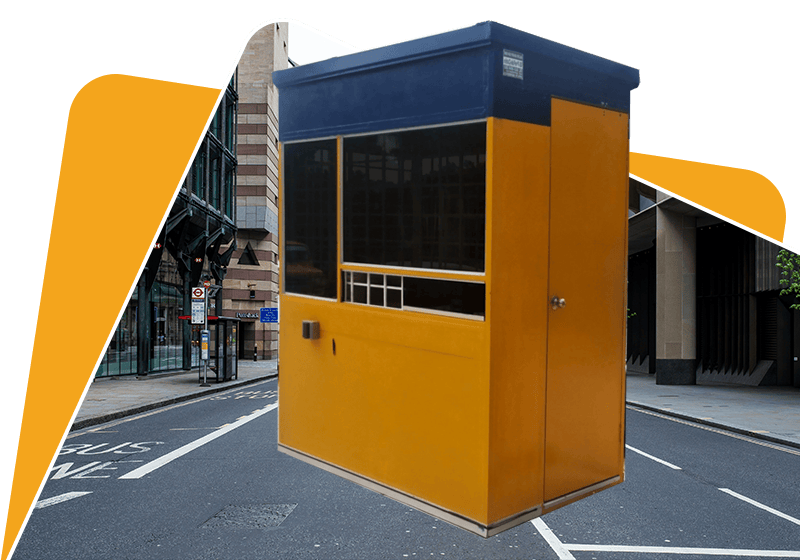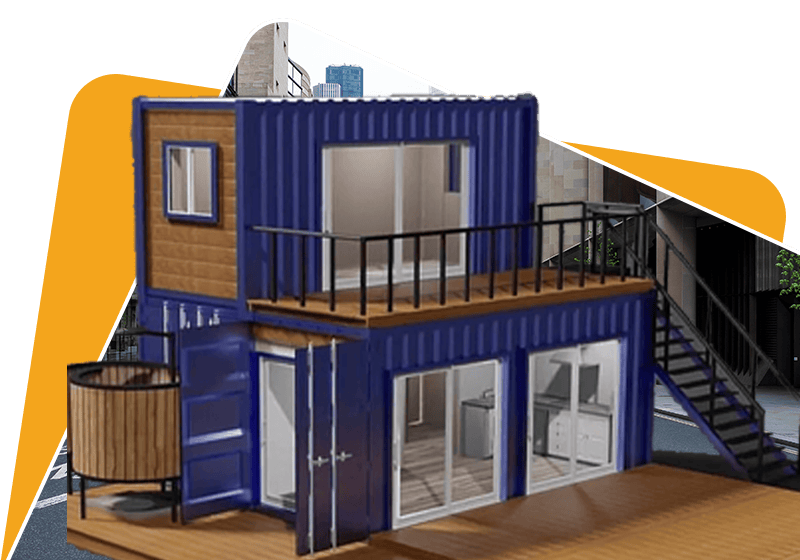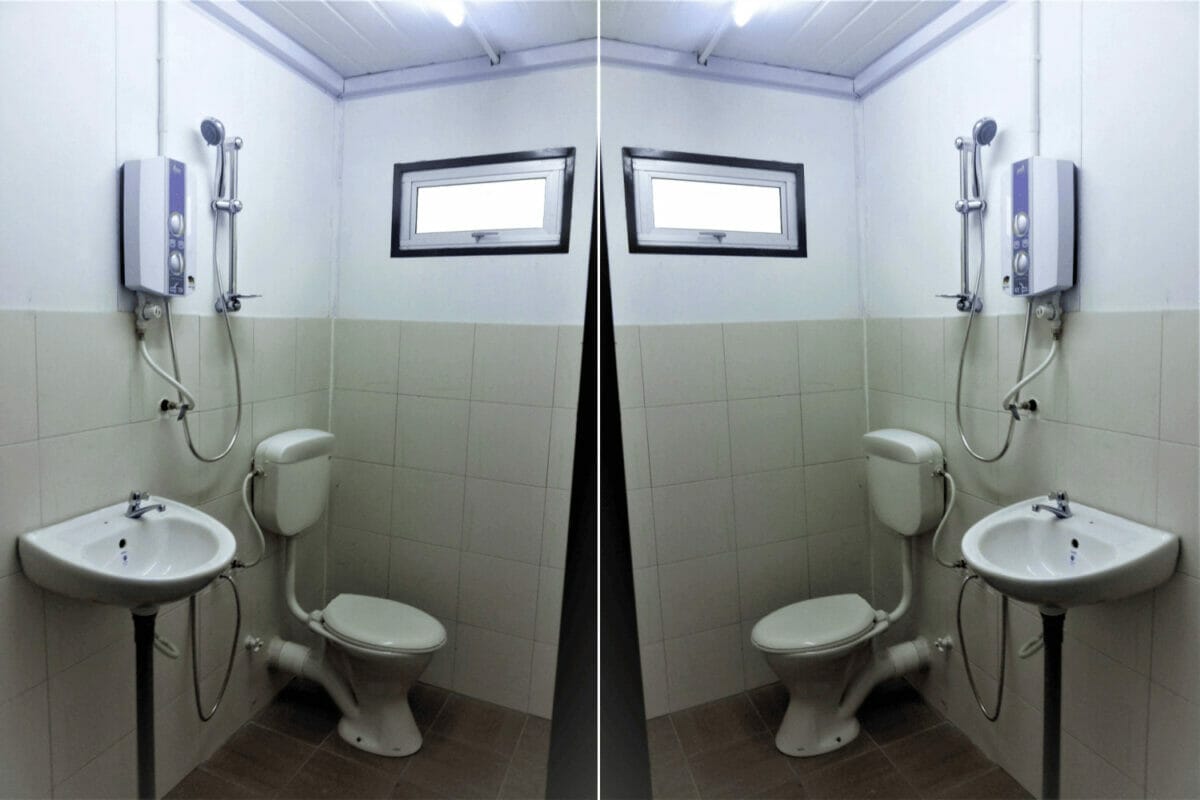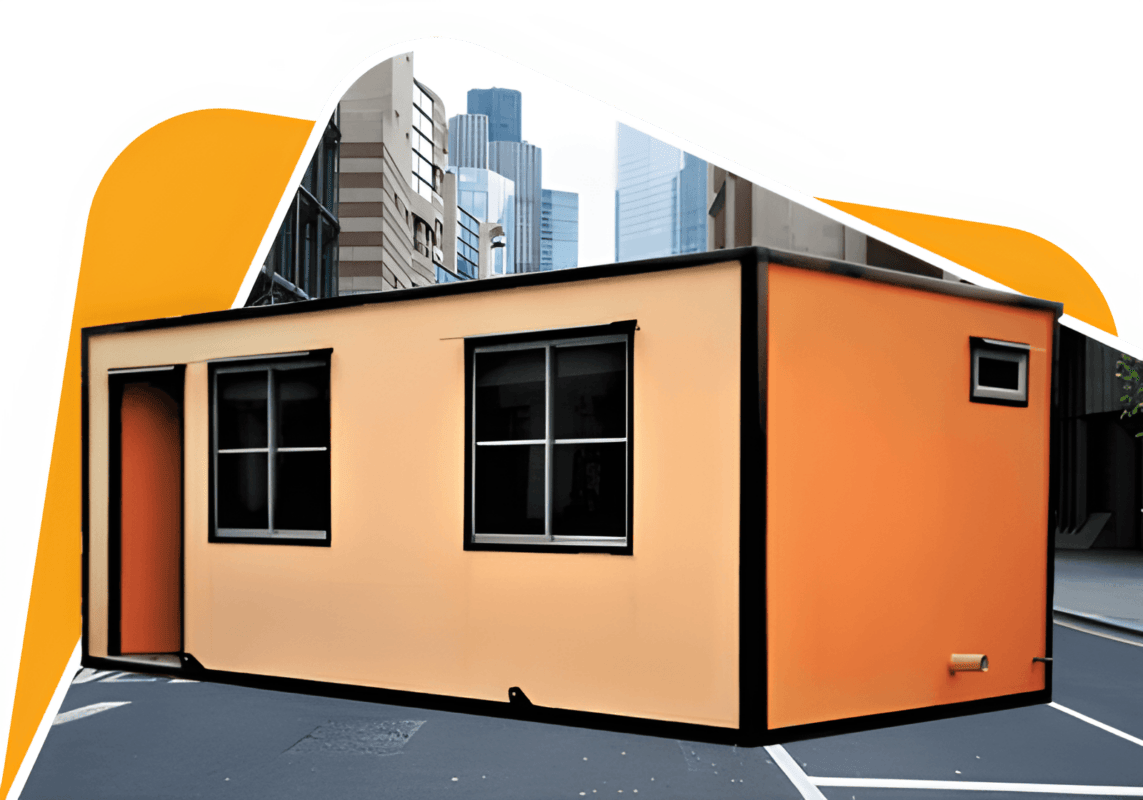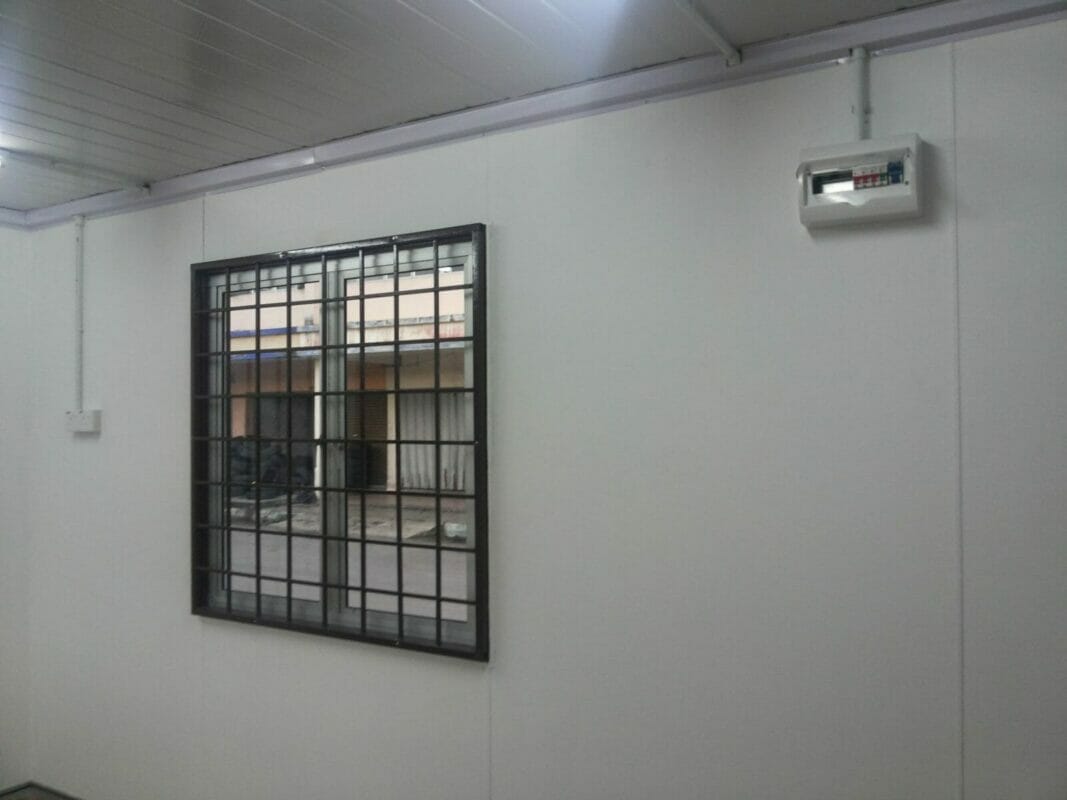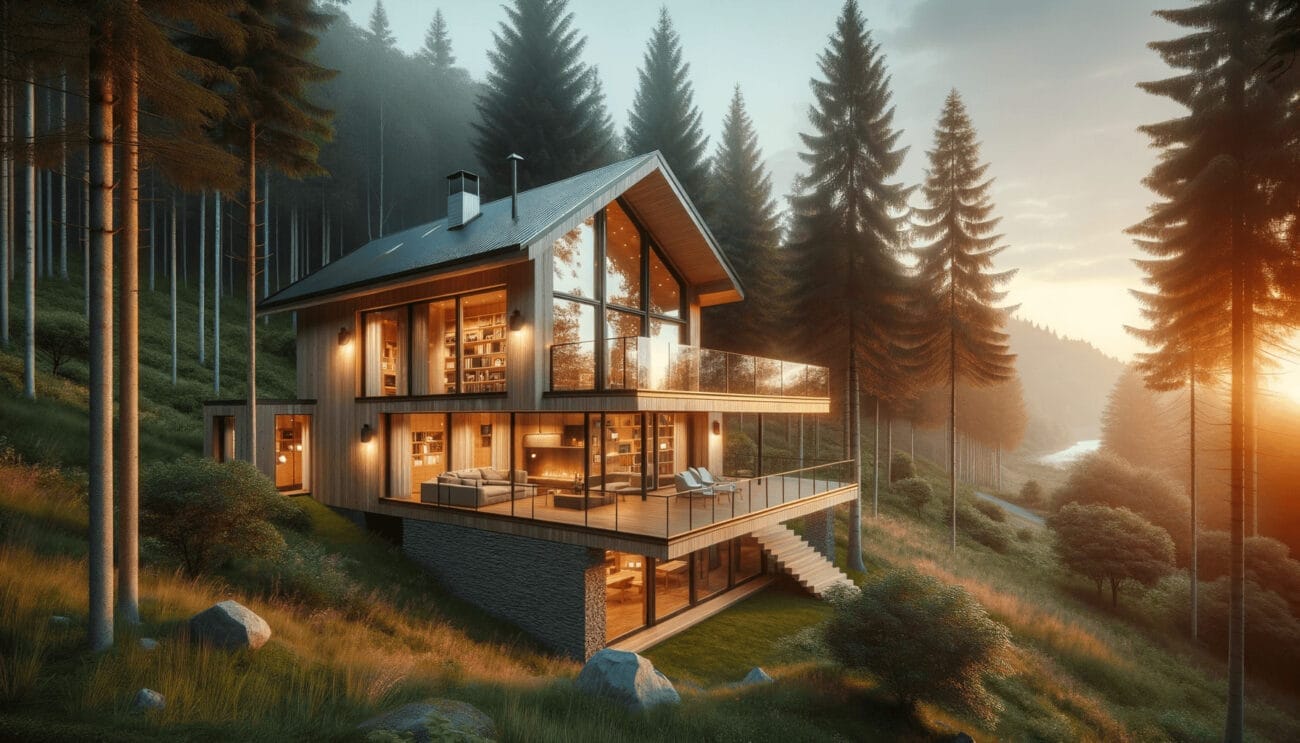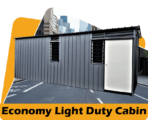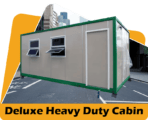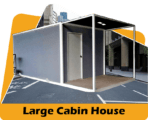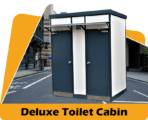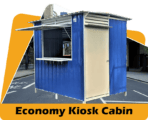Benefits of Prefab Homes vs Traditional Homes
- What are the main benefits of prefab homes compared to traditional site-built homes?
- Are prefab homes cheaper than traditional homes? Why or why not?
- How quickly can a prefab home be built compared to a traditional home?
- What customization options are available with prefab homes?
- Are prefab homes lower quality than site-built homes?
- How energy efficient are prefab homes compared to traditional homes?
- Can a prefab home appreciate in value like a site-built home?
- What are the limitations or downsides of choosing a prefab home?
- What certifications or building codes do prefab homes have to meet?
- How durable and long-lasting are prefab homes compared to site-built homes?
What are the main benefits of prefab homes compared to traditional site-built homes?
Prefabricated (prefab) homes offer several key advantages compared to traditional stick-built homes constructed entirely on-site. Here are some of the main benefits of opting for a prefab home rather than a site-built home:
- Lower cost – Prefab homes are generally 10-20% cheaper than comparable site-built homes because of streamlined construction processes in a factory setting. Materials can be bought in bulk for further savings.
- Faster construction – Prefab homes can be completed in about half the time of stick-built homes. Sections are built off-site while the foundation is prepared on-site, overlapping construction phases.
- Consistent quality – Building in a controlled factory environment allows for higher standards of quality control compared to on-site construction exposed to weather.
- Customization – Contrary to popular belief, prefab homes can be customized with layouts, finishes, fixtures and more. Modular construction makes changes easier than traditional building.
- Sustainability – Prefab homes require fewer resources and generate less waste than site building. Eco-friendly materials and technologies can be easily integrated as well.
- Energy efficiency – High performance insulation, windows, appliances and more can be installed in prefab homes to achieve excellent energy efficiency and lower utility bills.
- Minimal disruption – Prefab construction greatly reduces noise, dust and disruption to site compared to traditional building, an advantage in urban locations.
Overall, prefab homes offer faster, more affordable construction without sacrificing quality or customization. The controlled setting, advanced materials and efficient processes make prefab a greener and more innovative option compared to conventional site-built homes.
Are prefab homes cheaper than traditional homes? Why or why not?
Prefabricated homes are generally 10-20% less expensive to build than comparable traditional site-built homes for several reasons:
- Factory efficiency – Prefab construction utilizes streamlined processes and assembly-line techniques in a controlled factory setting, which translates to lower labor costs per square foot compared to on-site building.
- Bulk materials – Prefab factories can buy building materials like lumber, siding and roofing in bulk for significant savings versus purchasing incrementally for each individual project.
- Reduced waste – Prefab minimizes construction waste by using materials efficiently, unlike site-built homes where usable scrap is more likely discarded. Less waste means lower materials cost overall.
- Shorter timeline – The accelerated schedule of prefab, often cutting build time in half, leads to lower labor, financing, insurance and carrying costs for a homeowner compared to conventional construction.
- Weather resistance – Building indoors avoids weather delays, which add costs and slow down site-built projects. Prefab sections remain on schedule.
- Standardized plans – Working from optimized designs and plans creates economies of scale. Traditional homes are often fully custom designed at greater expense.
- Increased resale value – High quality prefab homes hold their value well, with an average appraisal ratio over 85% of total building costs according to Prefab Logic.
However, very customized prefab homes may end up costing closer to stick-built due to additional design fees and customization. Overall though, most prefab homes provide significant cost savings both short and long term versus comparable site-built homes.
How quickly can a prefab home be built compared to a traditional home?
A prefabricated home can generally be completed in 4-5 months, whereas a comparable traditionally built home often takes 8-12 months to construct. Here is a more detailed look at the accelerated prefab schedule:
- Foundation – 2-4 weeks to prepare the foundation on site while home sections are built in the factory. Traditional homes must build a foundation first before vertical construction.
- Modules – Wall panels, rooms and completed modules for each home section are rapidly built in the climate-controlled factory setting while the site foundation cures. This takes 2-3 months.
- Transport and assembly – Prefab modules or sections are transported to the site and craned into place. Connections between modules and utilities are completed. The home is dried-in within 1-2 weeks. Traditional homes are exposed to weather at this stage.
- Interior – 1-2 months to finish all interior work including drywall, paint, cabinetry, fixtures and flooring. Traditional home interiors often take at least 4-5 months.
- Landscaping and exterior finishes – The final 1-2 months involve exterior finishes like siding, final grading and landscaping. Total prefab home completion averages just 4-5 months.
Thanks to streamlined factory construction and the ability to build home sections simultaneously with site work, prefabricated homes can be move-in ready more than twice as fast as comparable stick-built construction. Rapid assembly on site then quickly provides an enclosed, finished home.
What customization options are available with prefab homes?
Contrary to the common misconception that prefab homes are cookie-cutter boxes with no room for personalization, there are numerous customization options available:
Layouts
- Open concept or closed room floorplans
- Additions like porches or garage bays
- Different roof designs and orientation
Interiors
- Custom cabinetry, molding, tile and flooring
- Kitchen and bathroom layouts and fixtures
- Built-in shelving, storage and closets
Exteriors
- Mix of siding styles and exterior colors
- Roofing shingles, metal roofing or other roof treatments
- Custom deck, patio and landscaping design
Components
- Upgrade insulation, windows, doors for performance
- Smart home automation systems
- Alternative energy systems like solar panels
Finishes
- Granite, quartz or solid surface countertops
- Tile backsplashes and surrounds
- Custom wall and ceiling treatments
Materials
- Unique lumber types for beams, siding, floors
- Stone veneer or brick exterior accents
- Steel roofing or standing seam metal roofing
With modular construction, even structural changes are possible within the factory’s capabilities. Prefab offers flexibility similar to site-built homes but with quicker turnaround on design changes.
Are prefab homes lower quality than site-built homes?
Prefabricated homes are commonly assumed to be lower quality than site-built homes, but this misconception is not accurate. Prefab homes meet or exceed the same building codes and feature construction that is equal or superior to traditional building in many regards:
Structural integrity – Prefab wall panels, roof trusses and other components are engineered to the same structural standards as site-built homes. Prefab must meet universal building code requirements.
Improved quality control – Factory conditions allow for greater standardization and quality control versus exposed on-site building subject to weather and variable labor.
Trained craftsmanship – Factory employees can specialize in a given component, performing repetitive installation for greater precision. Traditional home builders are jacks-of-all-trades.
Advanced materials – Prefab factories utilize construction innovations like sustainably-sourced woods, recycled materials and energy-efficient systems more readily than conventional builders.
Guarantees – Most prefab companies provide comprehensive construction warranties equal or superior to standard new home warranties from site builders. Life expectancies are comparable.
Certified performance – Prefab homes can surpass site-built homes in energy efficiency, achieving certifications like ENERGY STAR, Passive House Institute, LEED and more.
Custom or high-end options – Prefab does not mean cheap. Customized prefab homes with bonus spaces, lux finishes, smart tech and open layouts can provide quality exceeding site-built homes.
While manufacturing methodology differs from traditional techniques, prefabricated homes offer equal or better quality across the board compared to conventional construction.
How energy efficient are prefab homes compared to traditional homes?
Prefabricated homes frequently surpass the energy efficiency of conventional site-built homes thanks to the advantages of controlled factory construction:
- Optimized insulation – Prefab exterior wall systems engineer insulation placement for minimal thermal bridging and reduced air leakage. Typical site walls under-insulate.
- Better air sealing – Precision assembly and quality control result in prefab homes testing far fewer air leaks per square foot than standard construction when commissions.
- High performance windows and doors – Prefab factories install advanced window and door units selected for energy performance. Site-built crews often opt for budget products.
- Efficient HVAC – Advanced heating and cooling equipment is easily integrated in prefab versus retrofitting high-efficiency units in traditional homes.
- Renewable energy options – Solar PV, geothermal heat and other alternative systems are simply added at the factory but require complex retrofits for site homes.
- Smart home automation – Energy monitoring systems and programmable thermostats optimize efficiency. Traditional homes rarely include these.
- Third-party verification – Prefab factories routinely meet advanced certifications like Passive House and LEED. Traditional builders rarely take this extra verification step.
- Lower lifecycle impact – The prefab process is greener end-to-end, from material sourcing to on-site waste. Transportation is the only higher impact.
With industry-wide focus on construction innovations and sustainable practices, prefabricated homes are significantly “greener” and more energy efficient than typical code-minimum site-built homes in most cases.
Can a prefab home appreciate in value like a site-built home?
Prefabricated homes absolutely can appreciate in value as well as or better than comparable site-built homes. Here are some key reasons prefab homes see similar if not greater appreciation:
- Quality materials – Prefab homes utilize quality materials and construction equal to site-built homes, avoiding negatives of older manufactured homes. HardiePlank siding and architectural shingles are common.
- Custom designs – Prefabs are highly customizable open floor plans reflecting popular homestyles, not dated cookie-cutter mobile homes. Curb appeal drives appreciation.
- Area comparables – Prefab homes in a given area will appreciate similarly to surrounding homes. Market factors like school districts have far more impact than construction method.
- Expanded options – Rising demand for sustainable and affordable housing options helps expand the prefab market and comparable sale values.
- Lower building cost – With prefab cost savings of 10-20% versus site-built homes, there is more room for the home to appreciate before hitting market comparables.
- Condition – Condition is the top driver of valuation. Prefab’s quality control often means less deferred maintenance and wear-and-tear issues that hurt value.
- Verified performance – Energy certifications like Passive House and LEED help prefab homes garner higher appraisals and sale prices than standard homes.
- Location, location, location – As with any home, prefab values directly correlate to desirable locations versus remote areas. Rural prefabs will appreciate less than urban.
Prefab homes averaging just 4-5 months to build can appreciate as well or better than traditional homes sitting exposed to elements for 8-12 months or more during construction. When built with quality and sited well, prefabs gain equity on par with surrounding properties.
What are the limitations or downsides of choosing a prefab home?
While prefabricated homes offer many benefits over site-built homes, there are some potential limitations or downsides to weigh as well when considering prefab:
- Long distance transport – For homes built out of region, over-the-road transport may be needed resulting in added costs and lead times. Local or regional factories can avoid impacts.
- Site constraints – Tight home sites or challenging access can complicate module delivery and craning during assembly. Traditional foundations may fit some sites better.
- Less customization – Although prefab offers many options, ultra high-end finishes or unusual features may surpass factory capabilities versus on-site building.
- Up-front costs – Prefab requires greater up-front investment to start factory work before securing construction financing down the road. Higher loan qualification barriers.
- Resale challenges – In some markets, buyer unfamiliarity with prefab may make reselling slightly harder. As awareness grows, this decreases. Appraisals help.
- Foundation interface – Connecting factory-built modules to site foundations requires careful on-site work to prevent settlement cracks or squeaks, a learning curve versus standard framing.
- Contractor familiarity – Builders in regions new to modern prefab may lack experience interfacing with factories. Established prefab markets like California avoid this issue.
- Homestyle variety – Neighbourhoods valuing diverse architectural styles house-to-house may resist prefab’s consistency. Design customization can help significantly.
If sized and sited appropriately for the lot with a qualified contractor, prefab downsides can be minimized while leveraging its many construction benefits over traditional homes.
What certifications or building codes do prefab homes have to meet?
Prefabricated homes must meet the same universal building code standards and local requirements as site-built homes, as well as additional transportation regulations:
- International Residential Code (IRC) – The IRC contains standards for safely constructing and inspecting residential buildings. Prefab modules must demonstrate IRC compliance.
- International Building Code (IBC) – For prefab commercial buildings, the more comprehensive IBC governs structural integrity, fire safety, sanitation and more.
- HUD Code – Governed by the Department of Housing and Urban Development, the HUD Code sets standards specifically for factory-built housing like manufactured homes. Prefab modules must sometimes meet HUD standards if they will be transported over highways.
- Local codes – Prefab builders must adapt designs to incorporate regional codes covering snow loads, seismic requirements, wind ratings and more based on home building location.
- ENERGY STAR – Prefab builders can optionally certify energy-efficient designs and envelopes under the EPA’s ENERGY STAR program, verified by third-party inspectors.
- Sustainability standards – High performance prefab builders also aim to meet rigorous sustainability benchmarks through certifications like LEED, Passive House, Living Building Challenge and more.
- ADA – Prefab public and commercial structures must meet Americans with Disabilities Act standards for accessible design.
Between design and transport, prefabricated homes undergo comprehensive certification and testing processes to confirm their safety, structural integrity and code compliance prior to site installation and occupancy.
How durable and long-lasting are prefab homes compared to site-built homes?
Prefabricated homes are equally if not more durable and long-lasting than conventional stick-built homes:
- Resilient materials – Prefab factories utilize durable building materials designed to handle transport and lift stresses, such as stiffened wall panels. These materials resist wear over time.
- Precision assembly – Factory fabrication allows for tighter construction tolerances and minimal flaws versus vulnerable field work exposed to weather on site.
- Damage reduction – Manufacturing in climate controlled settings prevents exposure damage like rain soaking studs or warping boards. Materials stay dry and stable.
- Consistent quality – Automated processes produce consistent cuts, seals, and construction quality. This prevents weak points or flaws from reduced craftsmanship.
- Rigorous testing – Structural, thermal, acoustic, fire resistance and other testing verifies resilience for transport and longevity. Site-built homes rarely see the same testing.
- Multi-stage inspection – Thorough factory inspections then follow-up site inspections during each prefab stage ensures strict standards are met for maximum durability.
- Manufacturer warranties – Most prefab companies provide comprehensive factory-backed warranties on structural components and finishes exceeding site-built industry averages.
- Damage mitigation – Short 4-6 month prefab timelines mean less exposure to elements, vandalism or other site risks that undermine longevity compared to 9-12+ month site-builds.
With both robust materials and streamlined quality processes, prefabricated homes typically perform as well or better than traditional construction in durability and lifespan when properly maintained.
Key Takeaways
Some of the key takeaways about prefab home benefits include:
- Prefab homes cost 10-20% less than comparable site-built homes by streamlining construction processes.
- Construction happens in half the time for prefab, with homes complete in just 4-5 months versus 8-12+ for site-built.
- Contrary to stigma, prefab homes can be customized with layouts, finishes and more just like traditional construction.
- Thanks to quality materials and assembly, prefab homes appreciate in value on par with or better than surrounding homes.
- Optimized factory processes allow prefab homes to excel in energy efficiency compared to standard site-built homes.
Conclusion
Prefabricated homes offer significant advantages compared to traditional on-site construction:
- More affordable to build
- Faster overall timeline
- Highly energy efficient
- Equal or superior quality
- Customizable open-floorplan designs
- Appreciate in value like site-built homes
- Must meet all universal building codes
While limitations exist around transportation, site constraints, and regional familiarity, prefab building technologies and quality continue to improve. With rising demand for sustainable and innovative housing, prefabricated homes present an appealing alternative to conventional building.
Kontraktor Rumah Kabin
Rumah Kabin Murah
Rumah Kontena Vs Rumah Kabin
Rumah Kabin Pasang Siap
Senarai Harga Kabin di Malaysia
Heavy Duty Cabin
Light Duty Cabin














